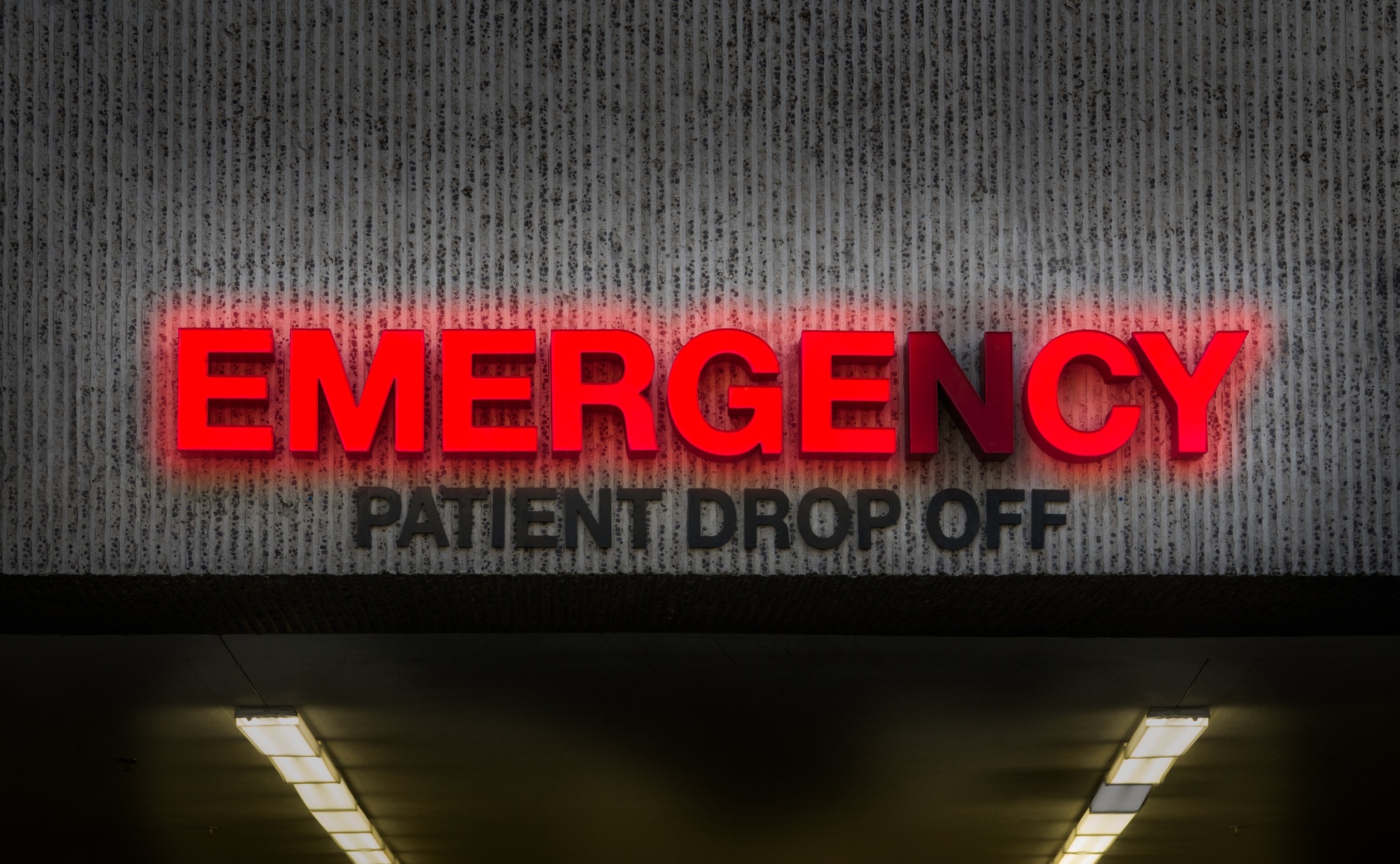It’s a busy Tuesday afternoon, and you’re seeing patients back-to-back. In the middle of the rush, a patient trips on the edge of a mat in your waiting room, spraining their ankle. Or maybe a nurse accidentally gives a patient the wrong dosage of medication.
These things happen even in the best-run practices, and while it’s easy to brush them off as “minor incidents,” they can lead to bigger problems down the road if not handled correctly.
This is where having a solid incident reporting process comes in. By documenting what happened, you’re not only protecting your practice from potential liability, but you’re also creating a safer environment for your patients and team.
Let’s look at how incident reporting can support you when unexpected issues arise—and how it can help you prevent them from happening again.
What is Incident Reporting?
Incident reporting in healthcare involves documenting any event that could harm patients, staff, or visitors.
These incidents can range from medication errors and patient falls to breaches of patient confidentiality. The purpose is twofold: first, to address the immediate issue and prevent further harm, and second, to analyze the incident to prevent recurrence.
Why Does It Matter to Private Practice?
For private practice doctors, incident reporting is especially important because of some unique challenges. Unlike larger hospitals, which have dedicated risk management teams, private practices usually have a smaller staff that handles all patient care. This can lead to oversights if incidents are not properly documented.
Neglecting incident reporting can have serious legal and ethical consequences. If a patient’s wellbeing is compromised and incidents are not reported, it may result in legal action. Additionally, there is an ethical duty to ensure patient safety and trust, and incident reporting plays a key role in maintaining that.
Basics of Incident Reporting in Private Practice
To report incidents effectively, begin by creating a clear process. First, make sure all staff understand what an incident is and why it’s important to report it, no matter how minor. Encourage open communication by fostering a non-punitive environment where everyone feels comfortable discussing mistakes.
Accurate and timely documentation is essential. When an incident happens, collect all relevant information, including what occurred, who was involved, and any immediate actions taken. This information will help with analysis and provide a factual record in case of disputes.
Tools and Best Practices
Digital solutions can make incident reporting much simpler. Think about using software specifically designed for healthcare incident management. These tools help streamline data entry, maintain consistency, and allow easy access for analysis and follow-up.
To improve incident reporting, hold regular training sessions to keep staff updated on protocols and any system changes. Also, conduct routine audits of reported incidents to spot patterns or areas that need improvement.
Creating a Culture of Safety and Improvement
Incident reporting isn’t just about noting mistakes; it’s a chance to promote safety and improvement. Encourage your team to see each report as a learning opportunity to enhance care quality.
Leadership is key in this process. Discuss incidents openly and positively. Celebrate successes from past reports and involve staff in creating new strategies to prevent future issues. This inclusive approach can increase morale and strengthen the commitment to patient safety.
Conclusion
Incident reporting is a key part of running a private practice. By focusing on accurate reporting and analysis, you protect your patients and improve the quality of your practice. It’s important to create a culture where everyone feels responsible for ongoing improvement and patient safety.
Start by evaluating your current incident reporting process. Get your team involved in discussions about how to enhance it, and think about using digital tools to make the process smoother. Your dedication to effective incident reporting will not only safeguard your practice but also strengthen your relationship with your patients.





